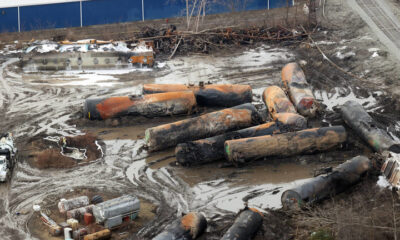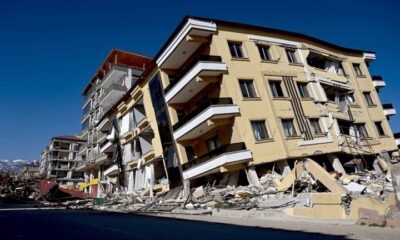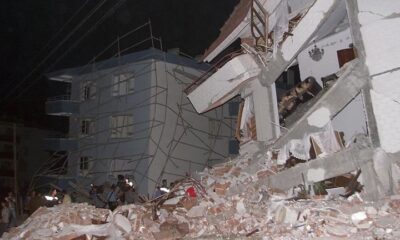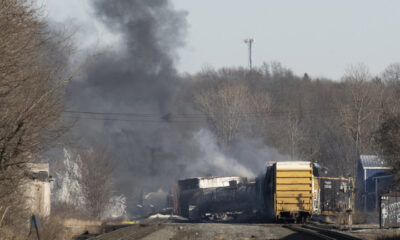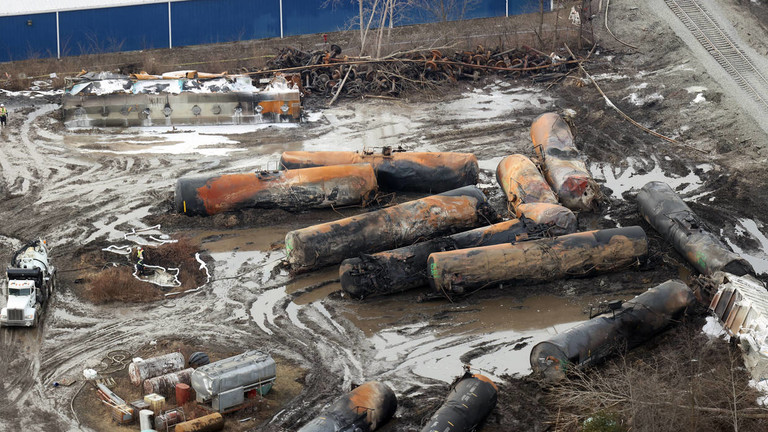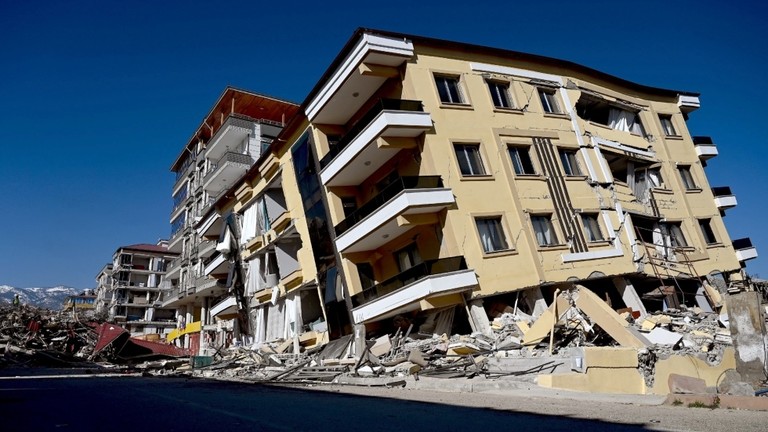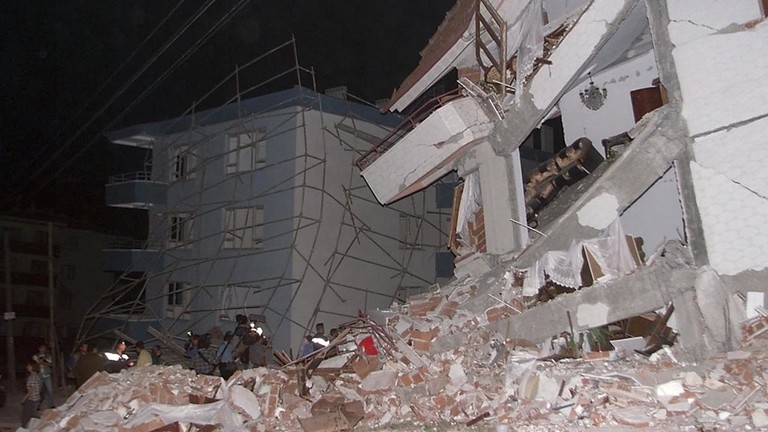By Peter Andrews, Irish science journalist and writer based in London. He has a background in the life sciences, and graduated from the University of Glasgow with a degree in genetics
Remdesivir is Big Pharma’s new bet against Covid-19, and it’s being promoted just as vigorously as the Trump-touted hydroxychloroquine was ‘debunked.’ It’s currently unproven too, but it’s already getting hopes – and shares – up.
As you read this, there are scores, if not hundreds of trials under way worldwide for new treatments for Covid-19. Remdesivir is made by Gilead Sciences, an American firm headquartered in Foster City, California. Although the drug was originally developed as a treatment for Ebola, it was found to be less effective than some alternatives, and ended up not being used. Nevertheless, it’s thought it may have some general effects against MERS, SARS and other coronaviruses.
In a press release put out on Wednesday, Gilead’s chief medical officer, Merdad Parsey, said: “Multiple concurrent studies are helping inform whether Remdesivir is a safe and effective treatment for Covid-19 and how to best utilize the drug” One of these studies is a clinical trial at the US’ National Institute of Allergy and Infectious Diseases (NIAID), which will compare patients treated with the drug to those that are not. The outcome of that trial is eagerly anticipated, but not expected until mid-May.
A fast-acting drug?
On Wednesday, Gilead announced promising initial results from a phase-three randomized trial, in which 397 patients were dosed with Remdesivir over either five or 10 days. The patients chosen for the study had reduced oxygen levels and signs of pneumonia, but were not on a ventilator.
The key finding from this study was that the drug was just as effective after five days at it was after 10, meaning that Gilead would, in theory, be able to treat twice as many patients in the same amount of time with Remdesivir. The company says that full data is awaited, and it plans to publish the results in a peer-reviewed journal in the coming weeks.
Nonetheless, the trial had a major weakness, in that it did not feature a placebo control. Without a placebo, other factors relating to the patient’s care responsible for the positive effects cannot be ruled out. Therefore, it remains unclear to what extent the drug itself was central to their recovery.
Nausea, acute respiratory failure and liver enzyme elevations were the most common “adverse events” that patients experienced during the trial, although these only occurred in around 10 percent or fewer of the patients. And a broader study involving an additional 5,600 patients, and including patients on ventilators, is now under way at 180 sites worldwide – in the US, the UK, China, Sweden, Italy, Taiwan and others.
Until recently, the greatest hope for a Covid-19 treatment was a drug called hydroxychloroquine. Like Remdesivir, it’s an antiviral drug that was originally developed to treat a different viral disease – on this occasion, malaria. Trials have taken place globally to determine whether it would also be effective against the novel coronavirus. However, after 11 patients given chloroquine in a clinical trial in Brazil died, the trial was halted early, and the drug began to look like anything but a miracle cure.
Gates’s inner circle
Gilead Science is part of a collective of 15 large pharmaceutical companies brought together by the Bill and Melinda Gates Foundation to find a treatment for Covid-19, dubbed the COVID-19 Therapeutics Accelerator. There is a lot of attention focused on Gilead and remdesivir these days, as any potential treatment for Covid-19 that emerges could make a fortune for the company that develops it.
The company’s share price has been up-and-down as information has leaked out about the trials’ progress. Last week, the WHO accidentally released preliminary data from China saying that the trial was terminated early due to the drug having no significant effect, but Gilead said the trial had been inconclusive. Gilead’s stock prices rose by 2.4 percent on Wednesday, in response to the latest positive announcement. But later on Wednesday evening, the WHO refused to comment on Gilead’s trials, saying that further data is needed.
It is clear that not everyone is convinced yet. Earlier this month, Brian Skorney, an analyst at Robert W. Baird, who covers Gilead Sciences, appeared on CNBC to express his skepticism of remdesivir, mainly stemming from the fact that it was not developed specifically for the new coronavirus. He described hopes that the drug could be used as a therapy for Covid-19 as “wishful thinking.”
The crucial metric for remdesivir’s success will be how much the drug itself is combatting the virus, versus the ordinary standard of care the patient is receiving in hospital. The drug’s effect has yet to be delineated from this, as well as from the effects of the body’s own immune system on the virus. Until the results from the NIAID trial come in in a few weeks, remdesivir’s prospects will remain in major doubt.
Think your friends would be interested? Share this story!


 NEWS2 months ago
NEWS2 months ago
 NEWS2 months ago
NEWS2 months ago
 NEWS2 months ago
NEWS2 months ago
 INVESTMENTS2 months ago
INVESTMENTS2 months ago
 FINANCE2 months ago
FINANCE2 months ago
 FINANCE2 months ago
FINANCE2 months ago
 WAR2 months ago
WAR2 months ago


